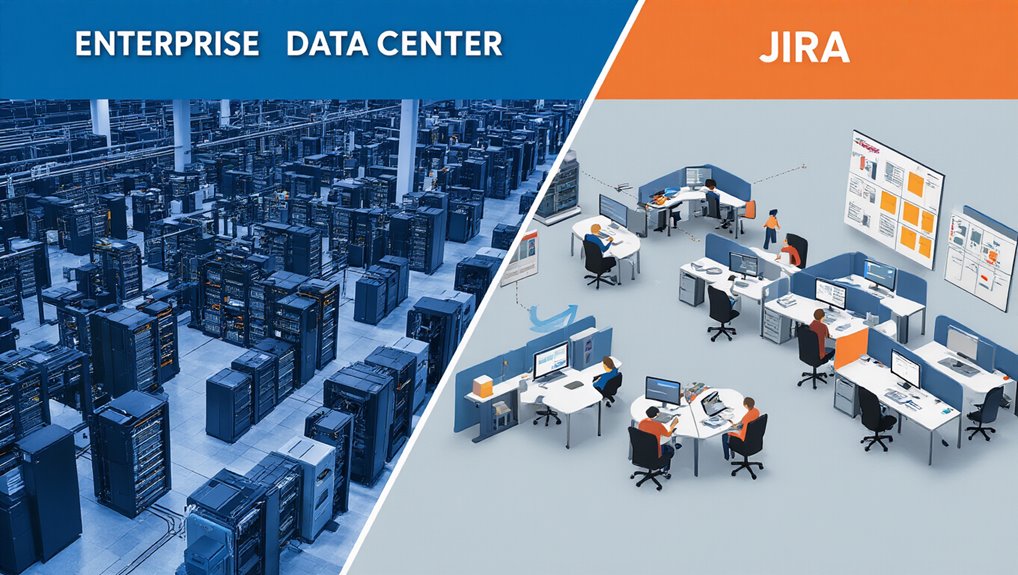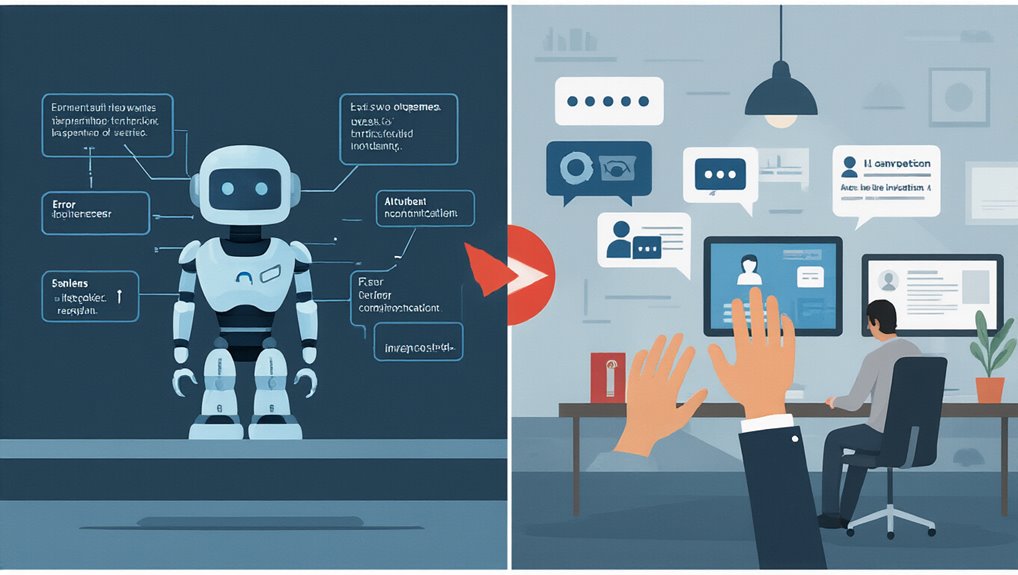As organizations increasingly migrate their IT infrastructure to cloud environments, traditional IT Service Management (ITSM) approaches are facing unprecedented disruption. The global cloud ITSM market, estimated at USD 10.2 billion in 2024, is expected to grow at a CAGR of 16.24% through 2033. Cloud-based solutions now dominate with 73.2% market share, offering centralized platforms that streamline IT processes across organizations.
Traditional ITSM tools were designed for physical, predictable, and centralized IT environments—a stark contrast to today’s dynamic cloud-native architectures. These legacy systems rely on static workflows that struggle to manage ephemeral, distributed microservices. Modern IT operations require real-time visibility and automated processes that integrate seamlessly with hybrid and multi-cloud ecosystems. This mismatch explains why 40% of ITSM users are switching or updating their tools in 2025. Effective ITSM integration strategies transform chaotic IT services into structured approaches with proven implementation methods. North America continues to lead the market with 42.1% market share in 2024, driven by strong cloud computing adoption and demand for remote IT support.
Legacy ITSM systems, with their rigid workflows, cannot keep pace with today’s fluid cloud-native ecosystems.
Large enterprises lead cloud ITSM adoption with 60.2% market share due to their complex IT environments and scalability requirements. However, SMBs are quickly catching up, now allocating over 50% of their technology budgets to cloud services. These organizations are rapidly embracing AITSM models that transform reactive helpdesks into intelligent service enablement layers. With 94% of organizations using cloud infrastructure or software by 2025, the migration is approaching saturation.
AI and automation are transforming cloud ITSM from reactive service desks to proactive governance engines. Organizations implementing these technologies automate up to 70% of service requests and can reclaim significant costs—like $1.2 million saved through identifying unused SaaS licenses.
Industry-specific adoption reveals varying priorities. Banking, healthcare, and manufacturing emphasize regulatory compliance and continuous service availability. Healthcare organizations leverage cloud ITSM for HIPAA compliance through integrated GRC workflows, while financial services deploy scalable management across multiple regulatory domains. Manufacturing benefits from automated incident management and asset tracking in complex operational environments.
Cloud ITSM’s ability to provide real-time monitoring, predictive resolution, and cross-platform integration is creating a digital nervous system for modern organizations—connecting disparate signals for strategic IT decisions that align with business objectives.









